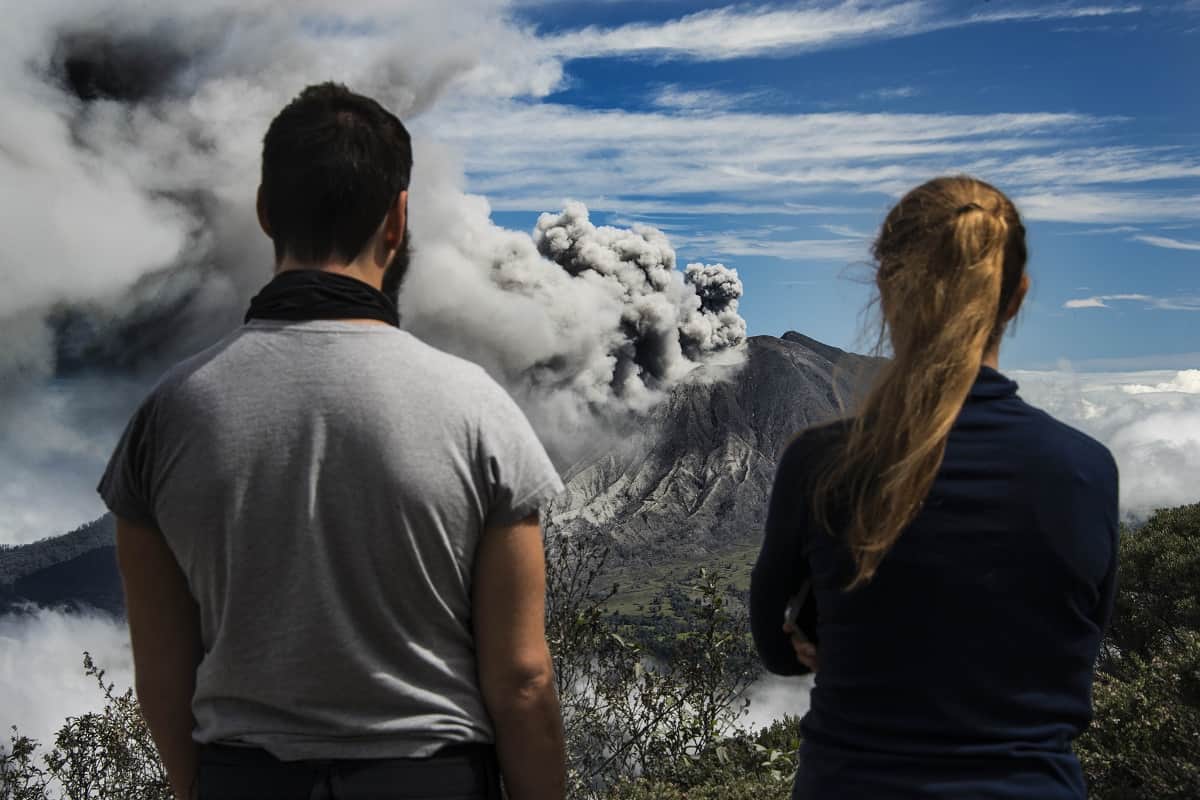The business item calls for public support of Palestine and is similar to business items that have been proposed in the past.
By JERUSALEM POST STAFF
JULY 6, 2021

Classroom
(photo credit: Wikimedia Commons)
The National Education Association (NEA), a teachers' union with over three million members, defeated New Business Item 29, which calls to publicize support for Palestinians and their issues.
The NEA is active in Democratic politics and able to influence the US's overall education policy.
The item was co-sponsored by more than 50 members of the NEA and was defeated 77% to 33%.
Head of the Jewish Affairs Council, Patrick Crabtree, spoke to Cleveland Jewish News and said “I’m almost positive 29 is so divisive, it will go down in flames."
Crabtree also wrote a three-page letter detailing the affairs council's position on the items.
He believed the items could lead Jewish students “to feel uncomfortable."
“In our years of attending the various NEA representative assemblies, we have seen offensive antisemitic, anti-Israel (new business items) and I even rose to the microphone to object to consideration,” Crabtree wrote, “but never have we seen (a new business item) reverberate like these two (new business items) throughout the Jewish community.”
A similar item, New Business Item 26, was proposed in 2019, calling to "educate members and the general public on the apartheid, atrocities, and gross violations of human rights of Palestinian children and families by the State of Israel, funded directly by the United States." This item was also defeated.
Another item, New Business Item 51, is tabled for 2022. It proposes to "recognize the existence and sovereignty of Palestine," as well as publicly advocate for Palestinian children and their access to education.














